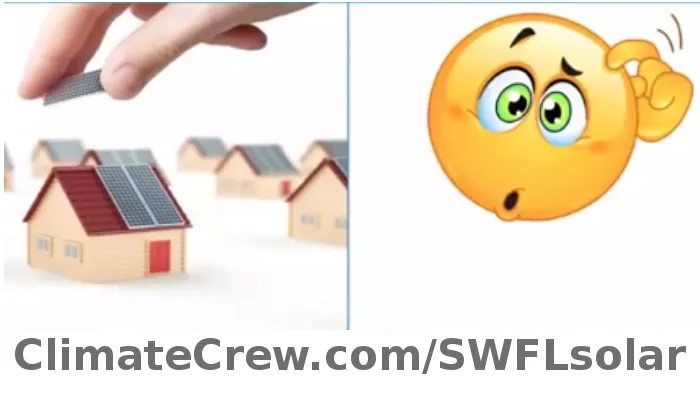
Solar power has come a long way since its introduction as an alternative power source. It has grown from a niche of environmental die hards to the leading alternative power source and gateway to distributed power generation. With all that it has become there are 2 pervasive ideas that persist about it:
Solar is expensive
Only utility scale solar is available
This may have been true for years, decades even. Apparently so long that is has become the reflex answer for why so many homeowners have not adopted it. The reality has changed and now the perception must as well. Overall the amount needed to install solar power has dropped over 50% in the last 6 years and another 5% over last year. In 2010 it would take about $7/watt to install solar, a rather hefty investment just a short time ago. Especially with people reeling from the home crisis of 2008. That market has since rebounded and the solar market has taken massive leaps as well dropping the average investment amount to $3.30/watt for an installation. This still varies based on the company and there are some as high as $5.00, depending on system additions like power regulators, battery banks, or other ancillary components. This puts going solar on par with utility pricing for electricity. When they are lined up next to one another it just makes sense to go with the clean source instead of the polluting one.
When people speak of solar more often than not they are expecting it to come from the utility company. Fields of solar panels blanketing our countryside, which is common. Our local Florida Gulf Coast University installed a 15 acre solar field which accounts for 85% of the power that the engineering building uses and reduced the campus power consumption from FPL by 18%. However, this configuration is not the only option available, particularly to residents of the sunshine state. Homeowners can take their part through rooftop solar arrays. The underutilized space of the roof is ideal for solar power production based on its constant bathing in sunlight that normally makes the home just hot. The perception of the top down approach must shift to a grassroots, bottom up, approach. Utilities can still shift to solar fields and homeowners can help with the heavy lifting by using their roof.
Between the 2 perceptions there must by a merging to allow homes to reap the benefits of going solar. The cost of doing nothing is continued expense, even for facilities that will not be built like the unlicensed nuclear facilities that everyone has been on the hook for since 2006. On top of that there is a rate increases of a proposed 24% by FPL that can begin to take effect early next year. This increase will offset the entire savings the university created. Furthermore there is the continued environmental damage from burning fossil fuels daily. The cost of allowing the misperceptions of expense and scale cost far more in the short as well as long runs. Focusing on creating a greener city like Boulder, Colorado has done is just the first step in energy responsibility. That is the initiative that all of Florida, from the people on up, should be taking. Throughout the country there is the growing trend of solar. Just in the 2nd quarter it has grown 43%! Despite this fantastic pace we need homes to make the affordable choice of investing in solar and controlling their power. You own your home, why rent your power?
Go forth and spread sunshine,
Clifford Mitchem
Independent Energy Advisor
Clean Renewable Energy Worldwide

@swflsolar